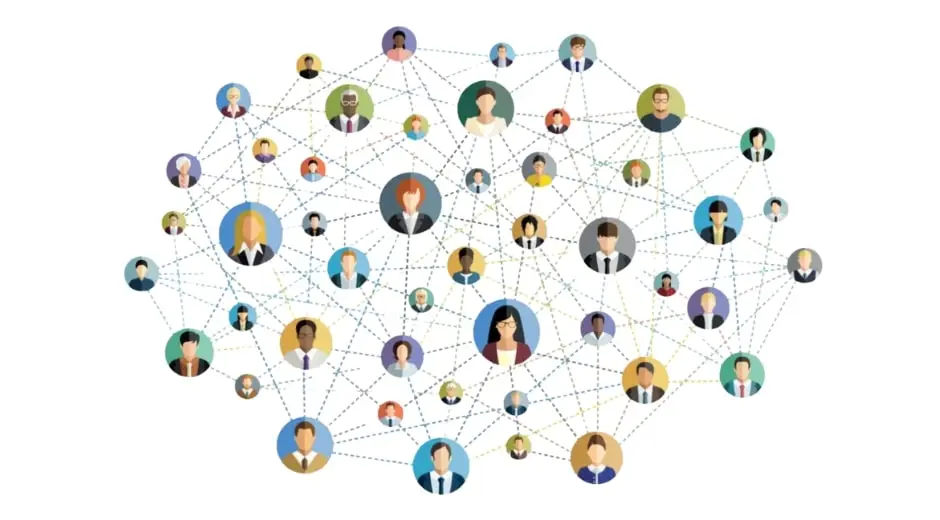Networking: 7 Powerful and Easy Steps for Beginners to Master Computer Networks
In today's digital world, networking is the backbone that connects devices, people, and information globally. Whether you're a student, an aspiring IT professional, or just curious about how the internet works, understanding networking is an essential skill. This guide offers 7 powerful and easy steps to help beginners master the fundamentals of networking and gain confidence navigating the world of computer networks.
1. Understanding What Networking Really Means
At its core, networking refers to the process of connecting multiple computers or devices to share resources, data, and applications. It allows us to send emails, browse websites, stream videos, and collaborate online. Networks can be as simple as two computers connected via a cable or as complex as the global internet, linking billions of devices.
The purpose of networking is to enable communication between devices to increase efficiency, resource sharing, and data exchange. This interconnectedness powers everything from your home Wi-Fi to multinational corporate systems. To dive deeper, you can explore more about networking basics on Forbes.
2. Familiarize Yourself with Key Networking Components
To master networking, it’s crucial to understand its core components:
- Router: Directs traffic between networks.
- Switch: Connects devices within the same network.
- Modem: Bridges your local network to the internet.
- Firewall: Protects the network from unauthorized access.
- Network Interface Card (NIC): Enables devices to connect to a network.
3. Learn the Different Types of Networks
There are several types of networks, and recognizing their differences helps you understand how networking adapts to different environments:
- LAN (Local Area Network): A network limited to a small area like a home or office.
- WAN (Wide Area Network): Connects LANs across larger geographical areas; the internet is the biggest WAN.
- MAN (Metropolitan Area Network): Covers a city or campus.
- PAN (Personal Area Network): Connects devices close to a single user, like Bluetooth connections.
4. Understand Basic Networking Protocols
Protocols are rules and standards that govern how devices communicate on a network. Learning these is critical for mastering networking. Some important protocols include:
- TCP/IP (Transmission Control Protocol/Internet Protocol): The fundamental protocol suite for internet communication.
- HTTP/HTTPS (HyperText Transfer Protocol): Used for web browsing; HTTPS includes security features.
- FTP (File Transfer Protocol): Used to transfer files between computers.
- DNS (Domain Name System): Translates domain names like google.com into IP addresses.
For a more detailed explanation of protocols, visit Cisco’s official learning pages.
5. Practice Setting Up Simple Networks
Theory is great, but hands-on experience is key to mastering networking. Start by setting up a simple home network:
- Connect devices using a router.
- Configure IP addresses manually or use DHCP (Dynamic Host Configuration Protocol).
- Set up Wi-Fi with secure passwords.
- Test connectivity using tools like ping or traceroute.
6. Explore Network Security Fundamentals
Networking security is a powerful aspect that protects your data and devices from cyber threats. Beginners should understand:
- Firewalls: Control incoming and outgoing network traffic.
- Encryption: Scrambles data to prevent unauthorized access.
- VPN (Virtual Private Network): Secures your internet connection by masking your IP address.
- Antivirus and Anti-malware: Tools to detect and remove harmful software.
7. Stay Updated and Keep Practicing
Networking technologies evolve rapidly. Staying updated with new trends, protocols, and best practices is essential for continuous growth. Follow reputable tech news websites, join forums, and consider certifications like CompTIA Network+ or Cisco’s CCNA to deepen your expertise.
Remember, mastery of networking comes from consistent practice and curiosity. Try troubleshooting network issues, exploring cloud networking, or setting up virtual private clouds (VPCs). Start your learning journey by checking out our in-depth networking guides for comprehensive insights.
Conclusion: Empower Yourself with Networking Knowledge
Mastering networking opens the door to countless opportunities in technology and beyond. From understanding basic concepts to securing and managing complex systems, this skill is both powerful and highly valuable. By following these 7 powerful and easy steps, you’re well on your way to becoming confident in computer networks and ready to take on the digital world.
Are you ready to start your networking journey? Share your thoughts, questions, or favorite tips in the comments below, and keep exploring the fascinating world of computer networks!
Networking Made Simple

Strategic Partnerships: The Hidden Power Behind Business Growth and Lasting Networks
Strategic Partnerships explores how collaboration, trust, and shared vision create strong business growth and redefine networking in the modern economy.

Brand Authenticity: The New Currency of Modern Marketing
Brand Authenticity explores how genuine storytelling, trust, and transparency build lasting relationships and drive success in modern marketing.

Sustainable Investing: Building Wealth with Purpose and Long-Term Impact
Sustainable Investing explores how conscious investors combine profitability with social and environmental responsibility to shape a better financial future.













